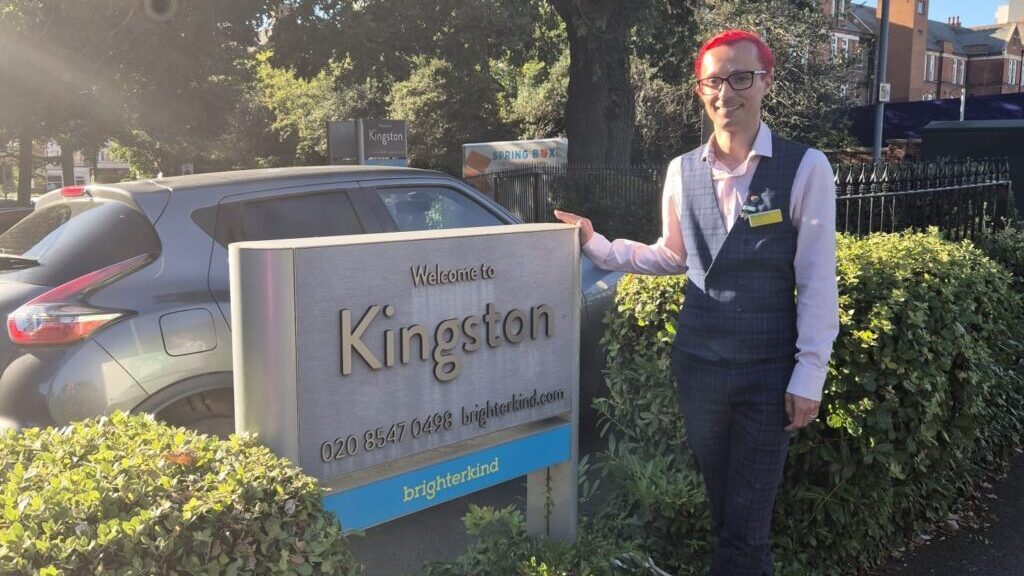Sustainability matters: Go wild outside

In our ongoing series, Aaron White, head of business services and sustainability at Oakland Care, outlines small but effective changes care homes can implement to promote sustainability, here focusing on boosting biodiversity
Sustainability is not just about the headline journey to net zero, which can be a long and complicated project. Businesses have a responsibility to look at their impact on the local environment as well as their global impact, and there are some easy and low- cost actions that can be taken right now.
Any recently constructed building will often have a negative impact on biodiversity, compared to the undeveloped areas that were there before, but there are a number of quick wins which can also benefit your business and the wellbeing of staff and residents.
Look at ‘rewilding’ an area of the garden by planting wild flowers to encourage bees and butterflies. You could plant seeds in pots on a patio, or maybe you are brave enough to take up a dozen paving slabs to create an area for wild seeding.
Alternatively you could dig a few square metres in a corner of the garden that’s not being used for anything else, and leave it as a natural area for wildlife to thrive. Residents can get involved in developing the space as well as enjoying the benefits. When a resident sees a new bird or butterfly from their window that they have not seen before, it can be really rewarding.
You can introduce log piles and bug hotels. People often forget bugs need to eat as well as somewhere to live, so don’t put it somewhere where there are no flowers or plants. If insects are thriving, that will attract more birds and other animals to the garden. Think about making holes in your fencing to create a hedgehog highway, allowing hedgehogs to travel freely in search of food and mates, and installing simple bird tables. Anything you can do to make your garden less formal will encourage wildlife.
Care homes are often concerned about putting in a pond because of the risk, but you could have something as simple as a selection of small water containers, half-buried in the ground. Animals need food, shelter and water – and as long as you provide all three things in any simple way you choose, your space will become increasingly biodiverse.
Look at introducing a composting area, or adding rainwater collection water butts – simple and low cost but they add greatly to the ‘sustainable’ nature of your outside space. Local wildlife trusts can be a good and free source of advice and expertise. If you reach out they may come and have a look at your space and share ideas on how you could develop it. At the same time you will be building important links with the local community, often with the very demographic that might become a customer further down the line. At Oakland we partnered with Kent Wildlife Trust which helped us develop our flagship wild garden at Maplewood Court. We are fortunate to have a large space for this dedicated biodiversity project, but really any space will do.
When it comes to sustainability, each individual small action might not seem that impressive or exciting. What is groundbreaking is actually getting on and doing it. It’s always better to do something small than not to do anything at all.
Enjoy the journey of making your outside space more sustainable, wildlife friendly, and engaging for residents and visitors alike.



